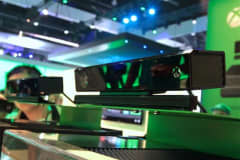Form 4 Filings On November 18, 2013
November 19th, 2013
by Dawn Goetter
by Dawn Goetter
We have had a number of calls today regarding several Form 4’s that were filed with the SEC yesterday by MicroVision. There seems to be confusion and a mis-impression that company executives sold shares when in fact the opposite is true.
The Form 4’s filed on Monday were the result of a tranche of restricted stock unit (RSU) awards vesting on November 15, 2013. The vesting of these shares creates a tax withholding obligation. Each officer surrendered to the Company a number of shares with a value that equals the tax obligation. No shares were sold by the officers. Disclosure codes (F and D) on these Form 4s indicate that there was a payment of tax liability by the executive delivering stock to the Company upon vesting of the RSU. In addition, there was a footnote on the Form 4 that stated: “Shares were withheld for payment of $___ tax liability on the vesting of a restricted stock unit award.”
Separately, the trading window for MicroVision employees just opened following the issuance of last week’s Q3 financial results press release. Alex Tokman, our CEO, purchased 20,000 shares today in the open market. His purchase is reflected on a Form 4 disclosure filing made today.
If you still have questions regarding these transactions, please let us know by email ir@microvsion.com or call us at 425 882 6629.
Full Post


